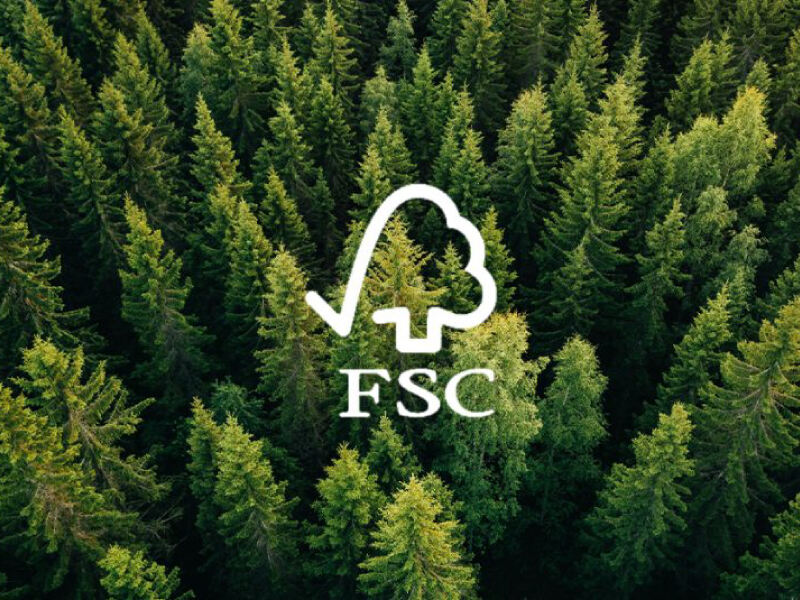Lately, every time shoppers scan a store shelf, they spot the green logo or a bold claim about going green. That buzz has nudged companies to rethink their boxes, bags, and bubble wrap. Everyone wants packaging that looks smart, feels modern, and leaves a lighter footprint on the planet.
What Does Sustainable Packaging Really Mean?
When people talk about sustainable packaging, they mean stuff that isnt borrowed trouble for tomorrow. The idea is simple: pick a material that causes as little mess as possible from the first tree cut down to the last carton tossed out. If something can be recycled, composted, or spun from a crop that grows back every year, were headed in the right direction. Brands that take this road often earn good press, dodge freshness-feeding rules, and maybe even sleep better at night.
Sustainable Choices Sitting in the Warehouse Right Now
A short list of earth-friendlier choices sits on almost every suppliers dock:
Biodegradable Plastics**: Think of packages brewed from corn starch or sugar cane. When the product is done, the bag shrinks to nothing instead of cluttering a landfill for centuries.
Recycled Paper and Cardboard
When you use paper and cardboard that have already taken a trip through the recycling bin, you save trees and water without even trying. Folks turn this stock into shipping boxes, birthday-card pads, and couch cushions you never knew were such eco-heroes.
Glass
Glass feels heavy in your backpack, yet that heft is its superpower. It can be melted down and turned back into a bottle again and again, all without any drop in sharp sparkle or taste.
Plant-Based Materials
Inventors keep raiding the pantry for packing supplies. Mushroom root foam and seaweed strips behave just like plastic wrap, but they wave goodbye in a compost pile as if saying, See you later, soil.
Metal
A soda can spends a short night in the crate and then reappears as a gleaming new can within weeks. Aluminum and tin love that fast makeover, so recycling plants keep tripping over themselves to take them in.
Benefits of Using Sustainable Packaging
Switching to greener wraps is like doing three good deeds before breakfast, so companies notice right away.
Reduced Environmental Impact
Choosing Earth-hugging materials chips away at carbon footprints and ungainly mountain ranges of trash.
Consumer Appeal
Shoppers who once swiped left now give a brand a second glance if its box does more than look pretty; guilt-free feels good on the conscience.
Cost Savings
There might be some sticker shock at first, yet lighter loads slash fuel bills, and less garbage means smaller landfill fees that quietly vanish from the budget.
Stay Ahead of the Rules: Governments around the world are tightening the screws on packaging waste. Switching to green materials now lets a company sidestep messy fines later.
Hiccups on the Green Path
Going eco-friendly rarely happens without a few bumps. Many brands discover that bio-based films and paperboard cost more than traditional plastic. Even when they can pay, the new stuff sometimes tears easily or cant hold a product as long on the shelf. Logistics partners may still use old-school packaging, forcing every link in the chain to rethink its own habits. A training session or two wont hurt either; employees need to know why the change matters and how to pull it off.
Whats Coming Down the Line
Bright ideas keep spilling into the sustainable-packaging space. One is the closed-loop system, where boxes get returned, cleaned, and sent back out like reusable crates. Sensors now nestle into labels, giving a timestamp so nobody buys spoiled food by mistake. Shoppers are demanding proof, so brands print QR codes that trace a materials journey from seaweed farm or sugar-cane field to store shelf. Expect that kind of transparency-and a steady drumbeat of new tech-to define packing evolution in the next few years.
Wrapping products in eco-friendly materials isn-t just good PR any more; for many brands, it-s the price of admission
if they want to stay in business and keep customers happy.
Cardboard, plant-based films, and even seaweed sheets are all on the table now, and each choice comes with its own upside and downside.
Shops that keep an eye on these changes usually find they can outrun their rivals, if only by a season or two.

